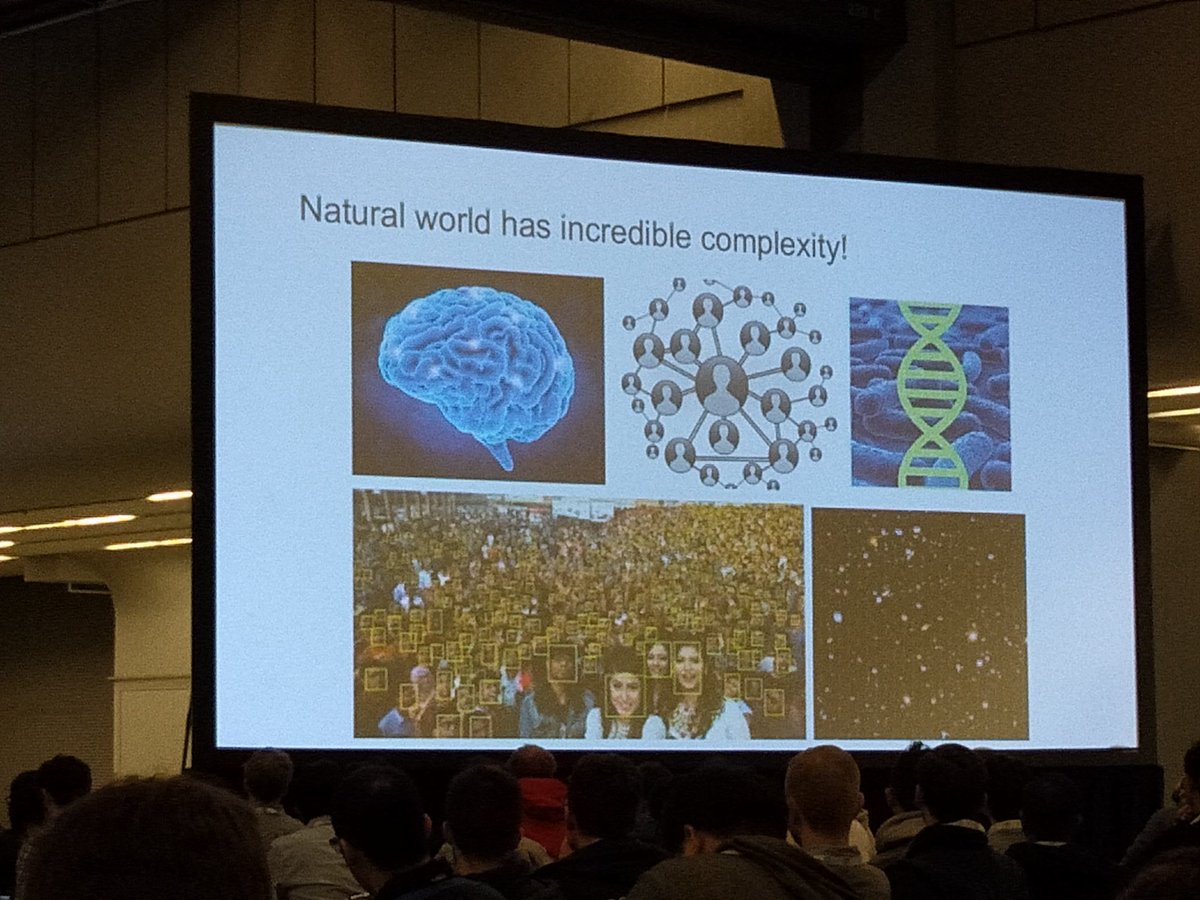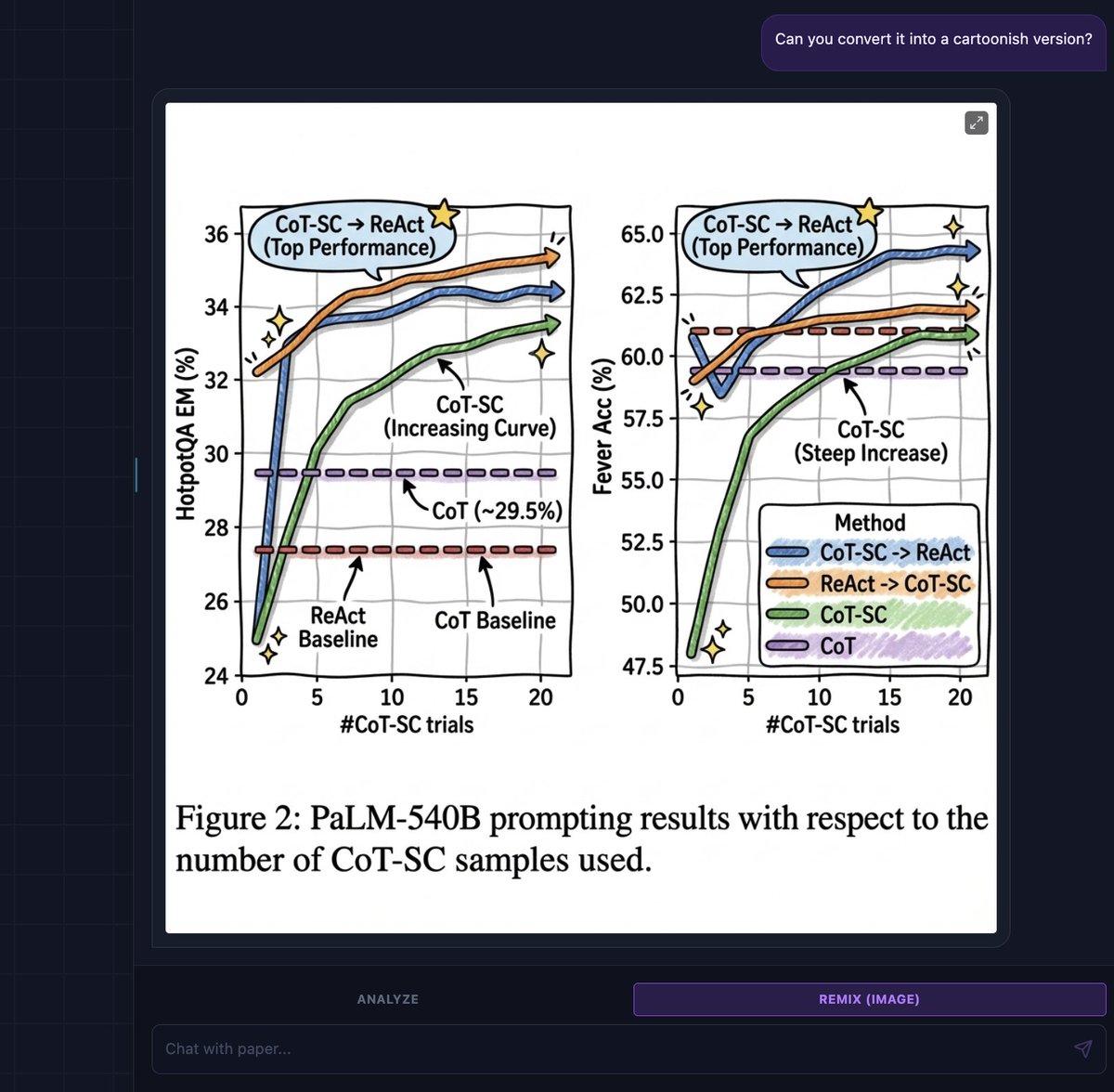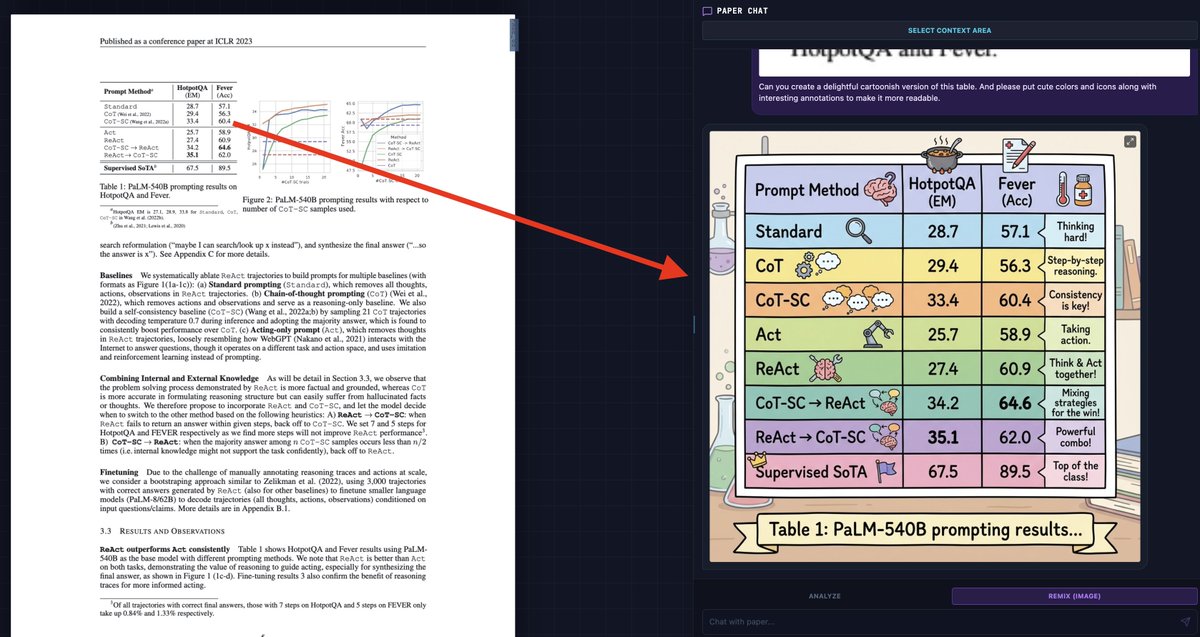A simple method for fair comparison? #NeurIPS2018 

Complexity of the world is discarded... We need to tackle RL in the natural world through more complex simulations. 

• • •
Missing some Tweet in this thread? You can try to
force a refresh
















